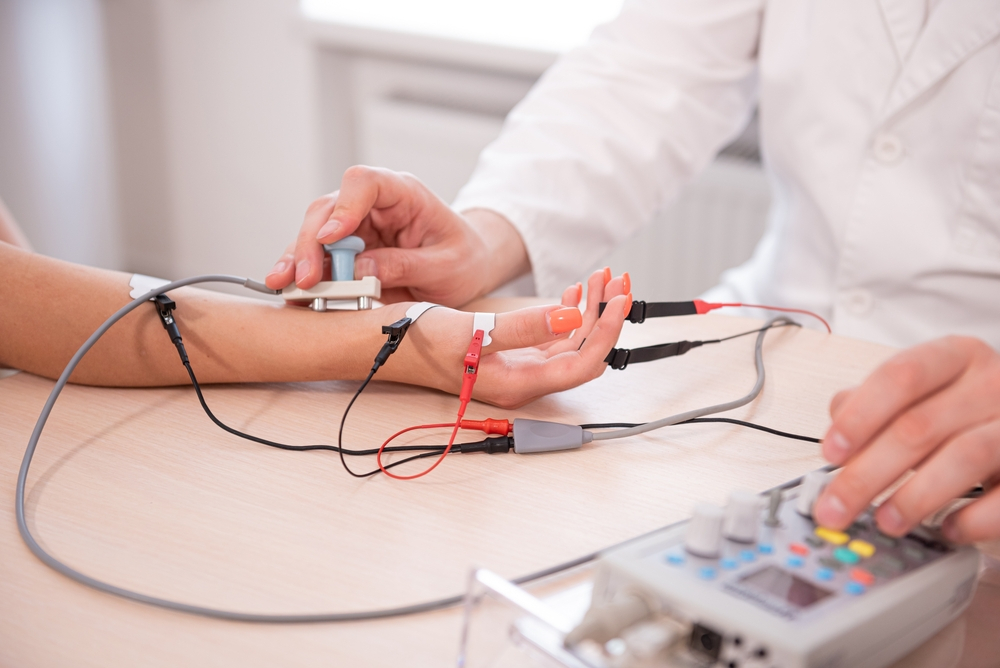EMG & EEG
EMG (Electromyography):
EMG, which stands for Electromyography, is a diagnostic procedure widely used in neurology to assess the electrical activity of muscles and the nerves controlling them. This test is crucial in identifying and diagnosing muscle and nerve disorders, such as muscle weakness, pain, cramping, and various nerve-related issues.
During an EMG test, small electrodes are placed on the skin directly above the muscles being examined. These electrodes detect the electrical signals generated by the muscles during both rest and contraction. The data collected by the EMG machine provides valuable insights to neurologists, helping them understand the communication between nerves and muscles and enabling them to identify any abnormalities.
EEG (Electroencephalography):
EEG, short for Electroencephalography, is a non-invasive diagnostic test used to measure and record the brain's electrical activity through electrodes placed on the scalp. This test is instrumental in evaluating brain function and detecting abnormalities associated with epilepsy, seizures, sleep disorders, brain injuries, and various other neurological conditions.
During an EEG test, the patient is usually asked to lie down in a relaxed state, while electrodes are affixed to the scalp using a specialized adhesive. The EEG machine records the brain's electrical impulses, enabling neurologists to analyze brain activity and identify any irregular patterns.
Both EMG and EEG are essential tools in diagnosing and comprehending various neurological conditions, empowering healthcare providers to develop tailored treatment plans for patients.
Please note that while this version is revised and unique, the basic information about EMG and EEG remains the same.





